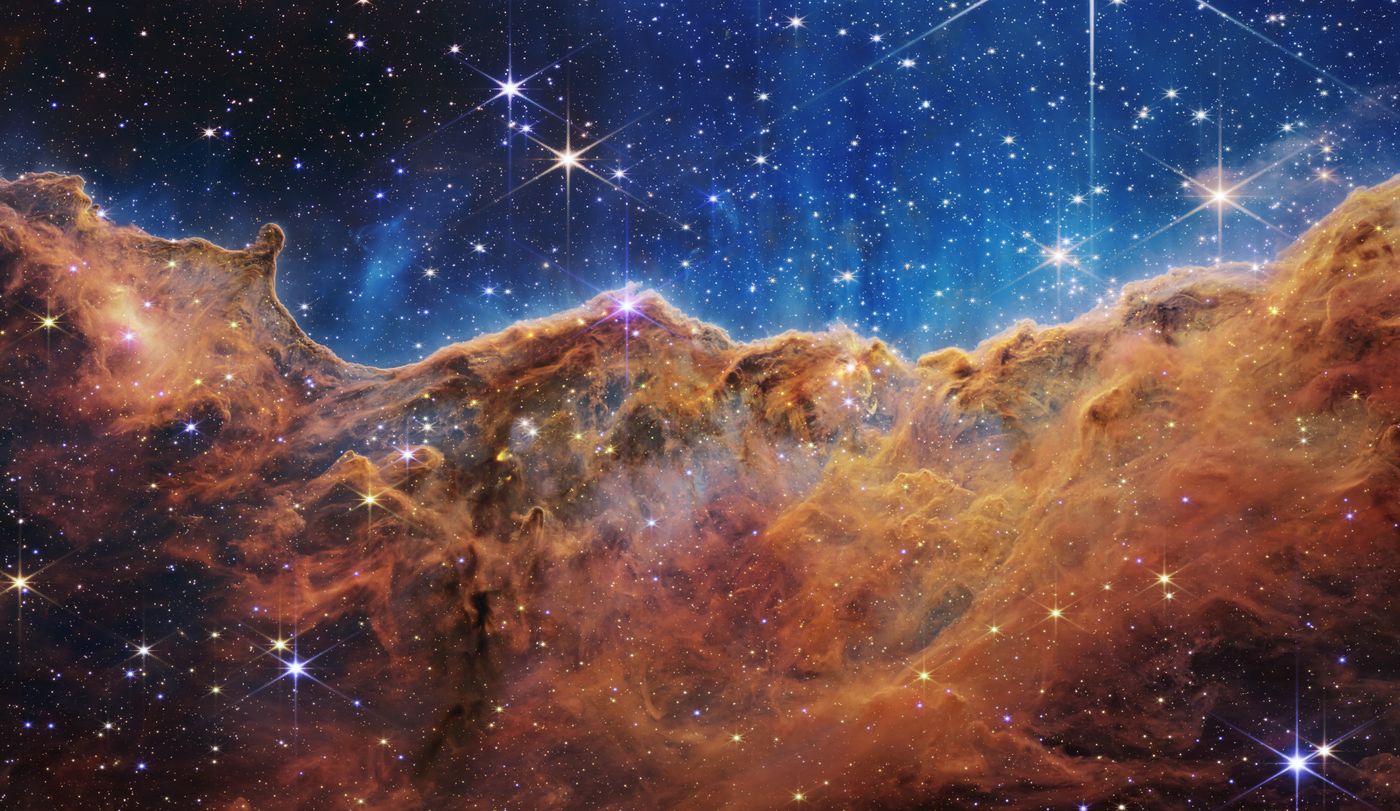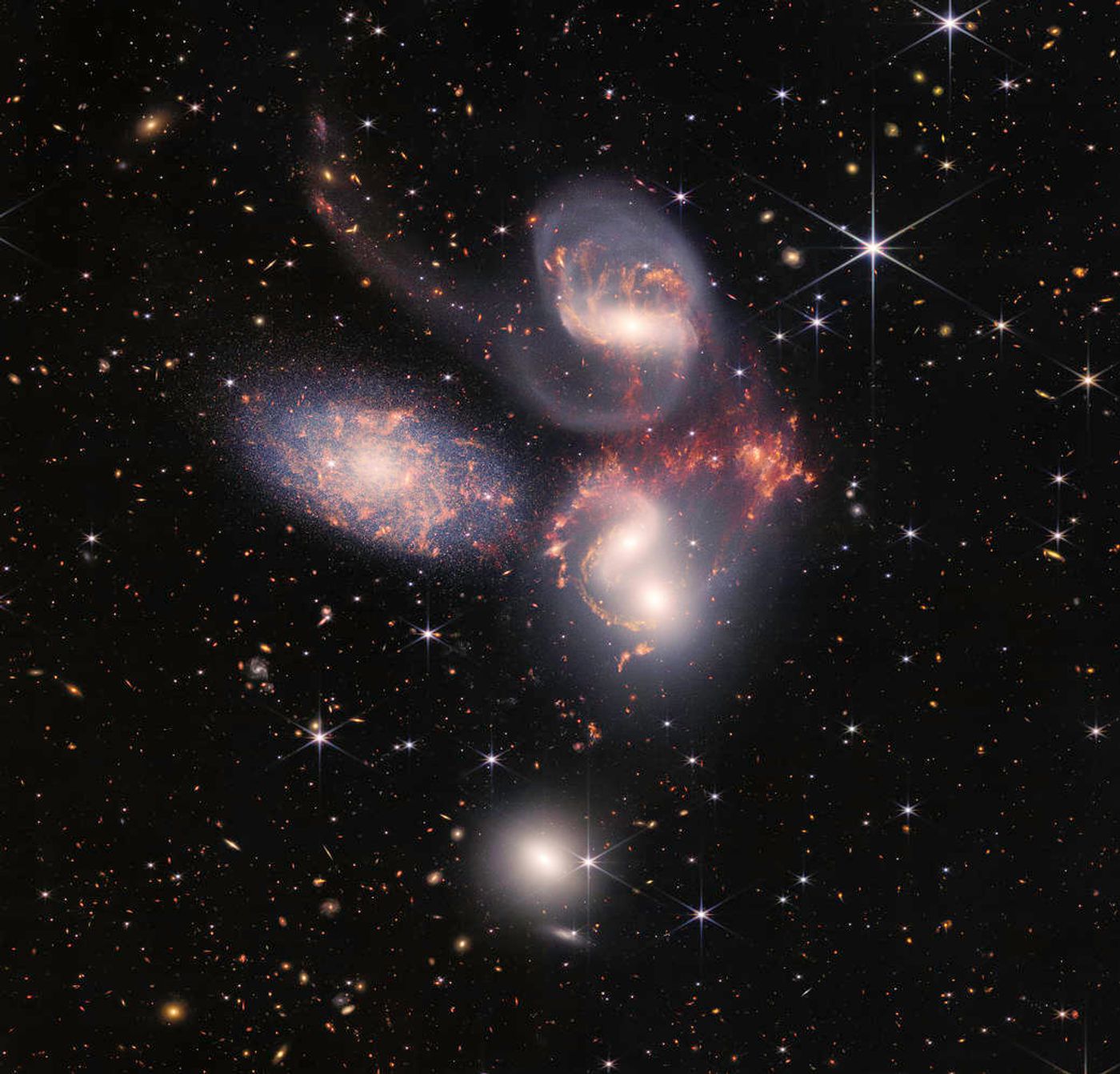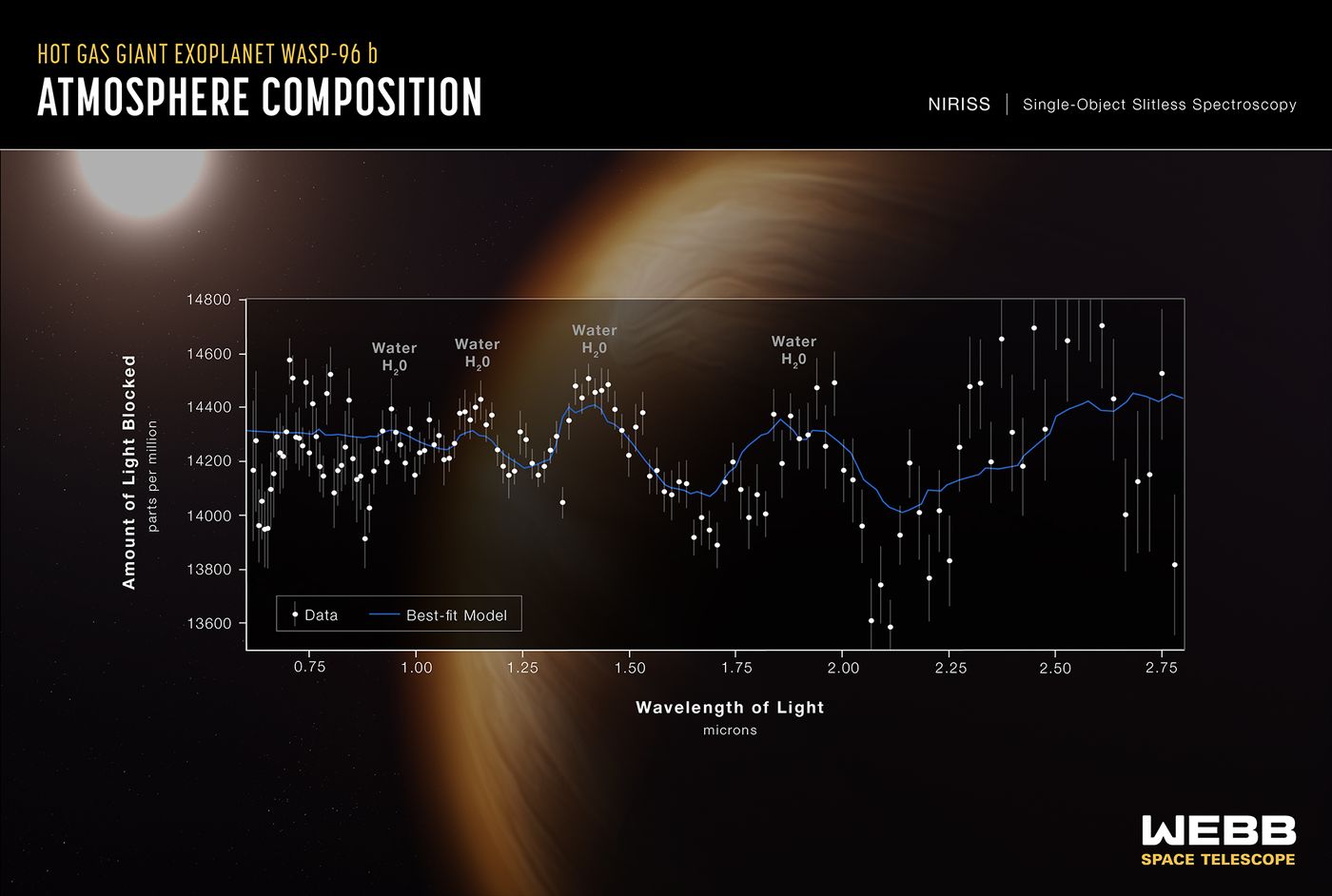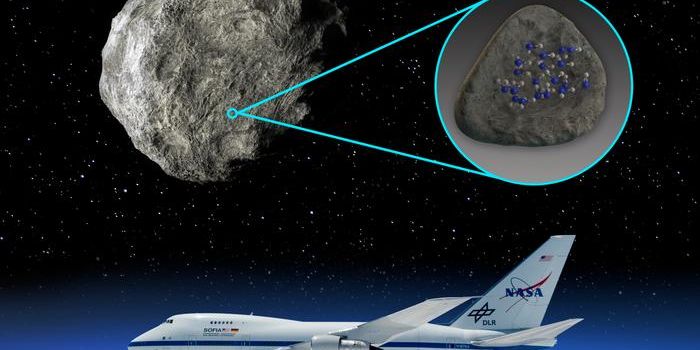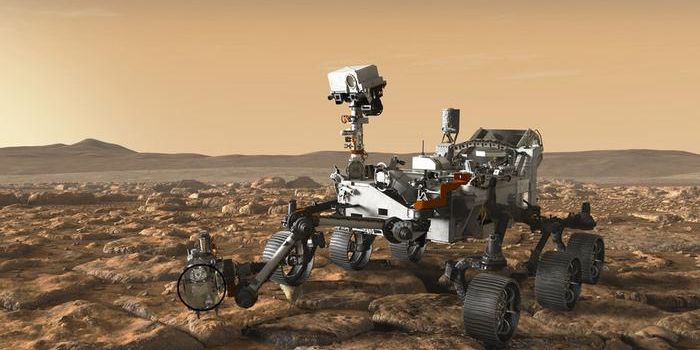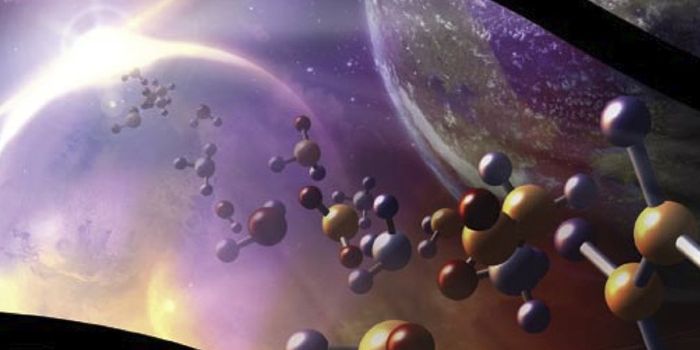NASA Releases the First Images from the James Webb Space Telescope!
The wait is finally over!
NASA has released the very first images from the James Webb Space Telescope.
President Joe Biden previewed the very first image from the Webb, the highest-resolution infrared image to date, during a press conference on Monday, July 11, 2022. The image is of the galaxy cluster known as SMACS 0723 and is now known as “Webb’s First Deep Field.” It shows the galaxy cluster as it appeared 4.6 billion years ago and features thousands of galaxies, including one of the faintest objects ever observed in the infrared. The image is a composite made from images at different wavelengths and had an exposure time of 12.5 hours. Each wavelength was assigned a color, and then the images were layered on top of each other, making the full-color image seen below. How big is this image? If you were to stand and hold a single grain of sand at arm’s length, that single grain of sand would cover the same size patch of sky as this image!
The remainder of the first full-color infrared images and spectroscopic data were released during a television broadcast at 10:30 a.m. EDT on Tuesday, July, 12, 2022. Each image highlights one of the main science goals of the mission.
The image below is of a nearby, young, star-forming region called NGC 3324 in the Carina Nebula. This image reveals stellar nurseries and individual stars that are completely hidden in visible-light images. Webb’s extreme sensitivity to infrared light and amazing spatial resolution will allow astronomers to peer through interstellar dust to learn much more about how stars form.
This image below is an enormous mosaic of Stephan’s Quintet, a visual grouping of five galaxies. This image is Webb’s largest image to date, covers about one-fifth of the Moon’s diameter, and is constructed from almost 1,000 separate images! Images like this will help astronomers learn more about galaxy interactions and how they may have impacted galaxy evolution in the early stages of the Universe.
The image below is actually two images side-by-side of the planetary nebula, the Southern Ring Nebula, which is a star surrounded by its outer layers that have been shed during the late stages of its lifetime. This planetary nebula actually hosts two stars at its center, orbiting around each other. The images are taken by two different instruments on the telescope, and two different wavelengths of light. On the left, the second star cannot be seen because it is shrouded by dust, but it can clearly be seen in the second image because instrument used to obtain that image can peer through that layer of dust.
The last image is actually a spectrum of light – a detailed view of how much light is being emitted by an object over a range of wavelengths – of the exoplanet WASP-96b, a puffy gas giant orbiting a Sun-like star. The spectrum shows distinct signatures of water, as well as evidence for clouds and haze, in the atmosphere of this exoplanet. This is Webb’s first detection of water in the atmosphere of an exoplanet, and not likely to be its last. Astronomers will use Webb to study hundreds of other exoplanets to understand what their atmospheres are made of.
Stay tuned for more exciting discoveries for years to come as the James Webb Space Telescope officially begins science operations!
Source: nasa.gov
-
MAY 07, 2024Is It Anti-RNP or Anti-Sm/RNP?
- See More
-
APR 30, 2024Immuno-Oncology Virtual Event Series 2024
-
MAY 07, 20243rd International Biosecurity Virtual Symposium
-
JUN 06, 2024The Future of Scientific Conferencing
- See More

